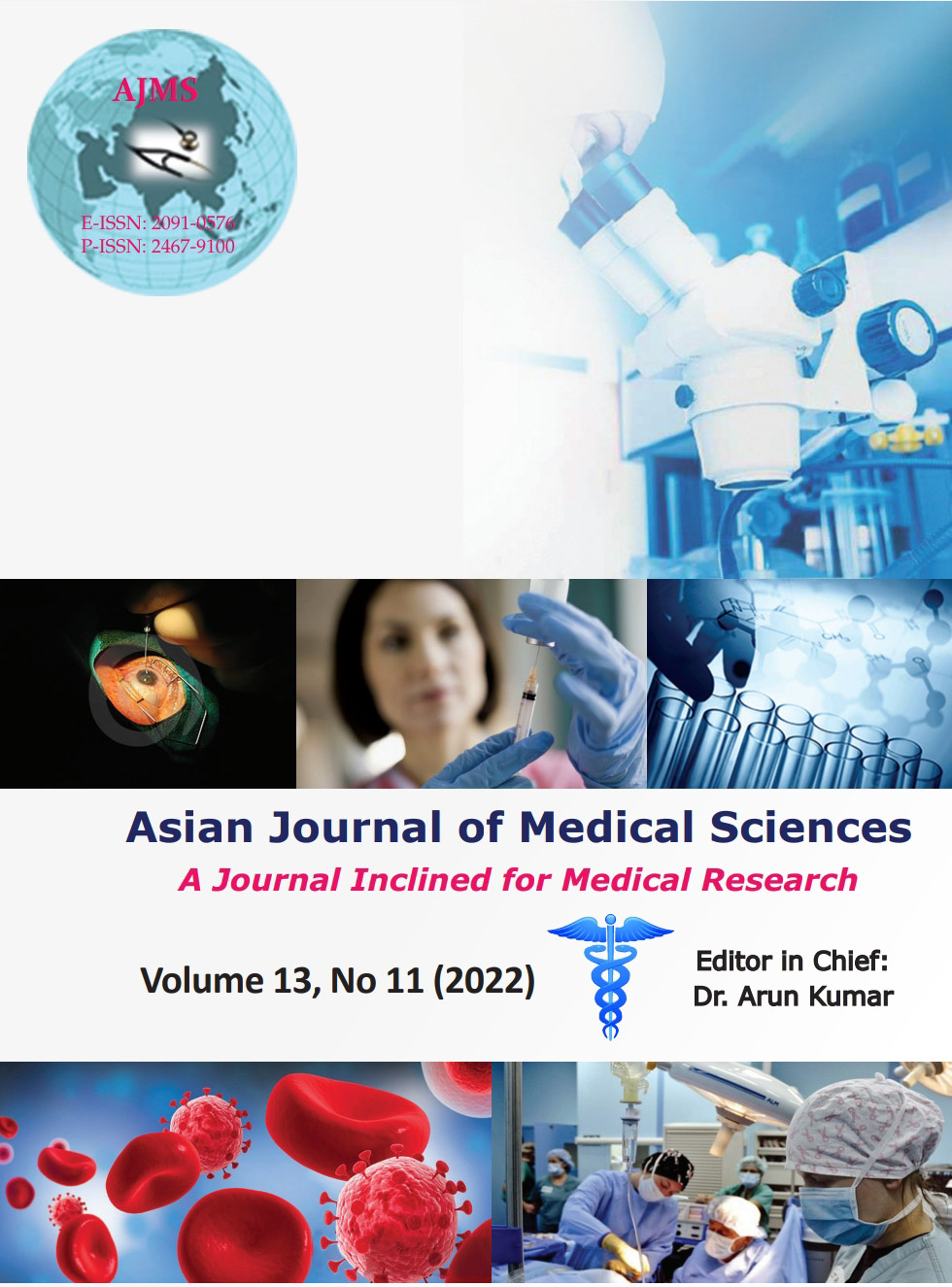Histological changes of lower lip from its cutaneous to mucosa region in males
Keywords:
Dermoepidermal junction; Mucocutaneous junction; Mucosa; Rete pegs; VermillionAbstract
Background: The morphology of the epithelium of oral lips comprised of keratinized external epithelium (anteriorly) and non-keratinized or sometimes parakeratinized mucous membrane epithelium (posteriorly).
Aims and Objectives: Knowledge of morphometry of lip lining helps in deciding the best site for choosing graft for its better uptake during several dermal grafting procedures following trauma or tumor excision following craniofacial cancers or cosmetic procedures. It also proves useful in dermatopharmacokinetics, in which we monitor the effect of drugs acting on connective tissue by trans labial route and lip augmentation surgeries (esthetic surgery), where care is to be given for dermal fillers not to be injected in muscle core of lip.
Materials and Methods: Ten human male cadavers were procured in the Department of Anatomy, King George Medical University, Lucknow, Uttar Pradesh. The rectangle-shaped skin specimen through lower lip which included skin, mucocutaneous junction, and mucosa was stained with hematoxylin and eosin stain. Total of 30 slides were prepared. Thus, readings were obtained for three regions, respectively, with the help of CatCam E-series HD cameras which were installed in light microscope. The following conclusions were drawn for various parameters.
Results: Thickness of skin (epidermis+dermis) of lip ranged from 880 μm to 1171 μm among males. Epidermal thickness increases on moving from cutaneous region to mucosa region of lip. Lowest contribution of stratum corneum in thickness of epidermis was observed in vermillion region, while highest contribution was observed in skin region. It was found to be absent in mucosa region of lip. Rete pegs at dermo epidermal junction was found to be maximum in vermillion region and minimum in skin region. Its depth increased as we move from skin to mucosa region of lip. Pattern of rete pegs also showed a characteristic feature in every region of lip. In cutaneous part of lip, rete pegs were shorter and blunt. In vermillion region, they were narrow, long, and slender, while they were longest with blunt end in mucosa region. Depth of dermis was found to be maximum in skin region while minimum in vermillion region. It ranged between 707 μm and 1100 μm.
Conclusion: Care should be taken while using dermal fillers in lip augmentation surgeries, especially in vermillion region due to its close proximity to musculature in core of lip.
Downloads
Downloads
Published
How to Cite
Issue
Section
License
Copyright (c) 2022 Asian Journal of Medical Sciences

This work is licensed under a Creative Commons Attribution-NonCommercial 4.0 International License.
Authors who publish with this journal agree to the following terms:
- The journal holds copyright and publishes the work under a Creative Commons CC-BY-NC license that permits use, distribution and reprduction in any medium, provided the original work is properly cited and is not used for commercial purposes. The journal should be recognised as the original publisher of this work.
- Authors are able to enter into separate, additional contractual arrangements for the non-exclusive distribution of the journal's published version of the work (e.g., post it to an institutional repository or publish it in a book), with an acknowledgement of its initial publication in this journal.
- Authors are permitted and encouraged to post their work online (e.g., in institutional repositories or on their website) prior to and during the submission process, as it can lead to productive exchanges, as well as earlier and greater citation of published work (See The Effect of Open Access).




